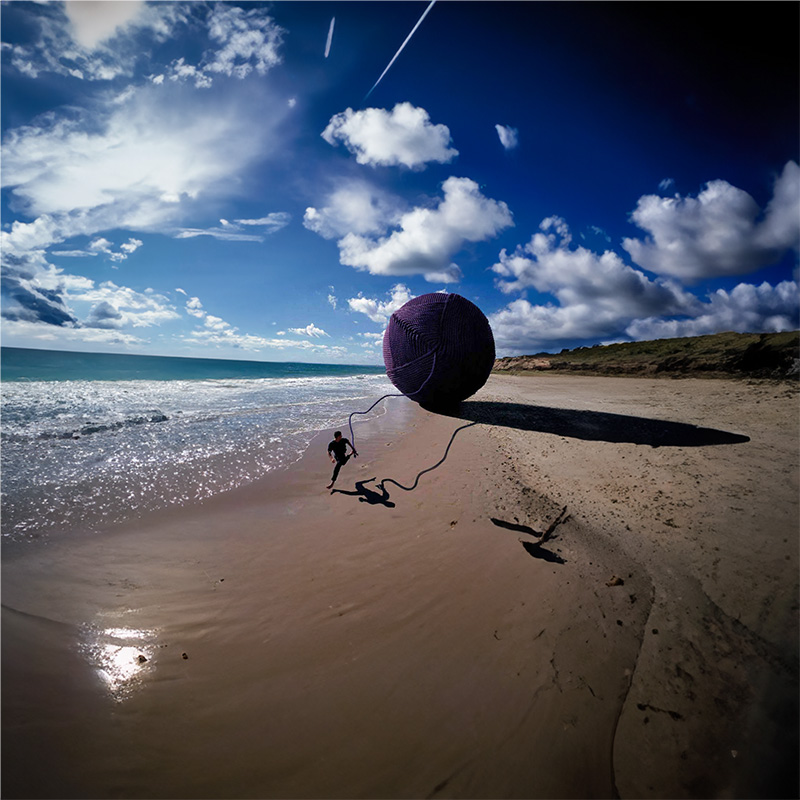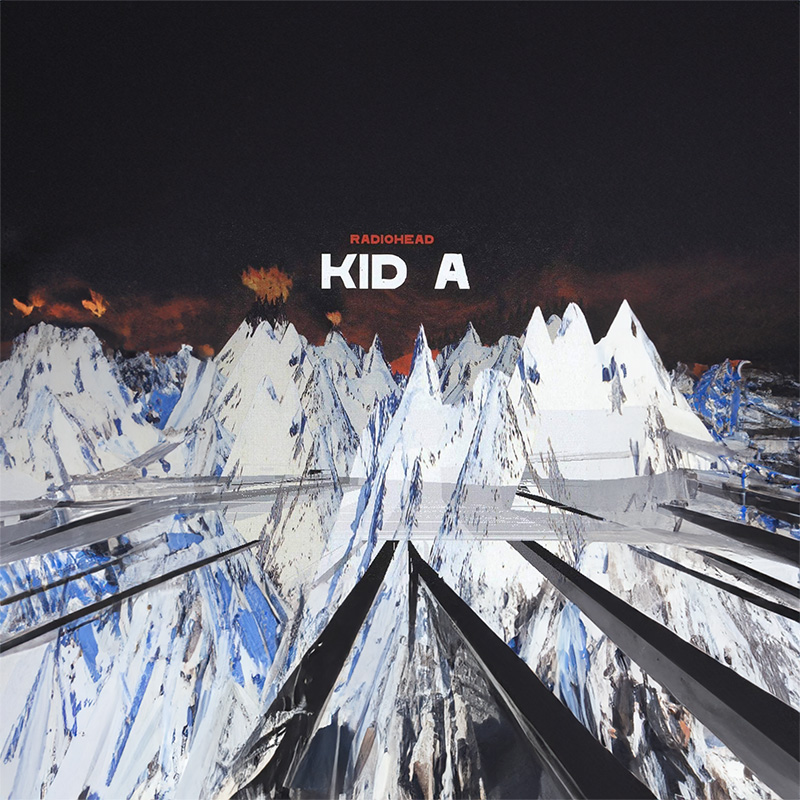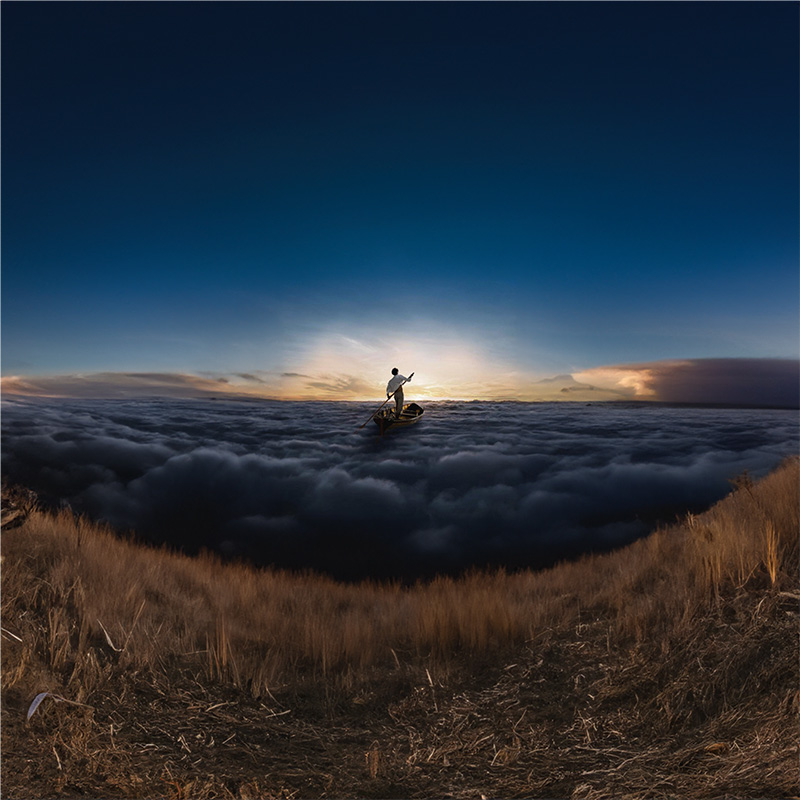Photoshop’s Generative Fill Attacks Album Cover Art
The new generative fill feature that is a major part of Photoshop’s 2023 update integrates algorithmic functions to quickly and effortlessly edit images.
Designers with a few years under their belts will probably have spent plenty of hours patiently touching up images with the clone brush and other tools. This will soon become a thing of the past. I know I have had to remove unwanted objects from images and expand the frame to create a better composition more times than I can remember. This new tool will greatly affect workflow and in many cases, the results easily surpass what I could do with the old tools.
I still think there is a little way to go in improving the results, although that very much depends on the starting image, and I feel that many of the images created have a certain sheen to them that I am coming to recognize as the fingerprints of AI at work. I expect this will soon be corrected, although maybe in the future we will look back on these early days of AI-generated graphics with some fondness, much in the same way as pixel art from the 90s has a cult following today.
But this new feature is a lot of fun, and I have enjoyed throwing in beloved album covers and asking Photoshop to expand them beyond the frame.

Slip, Stitch and Pass by Phish looks as though an original photo was merely cropped for the album cover itself. Only on close inspection can the idiosyncrasies of the generative art be picked up.

Radiohead’s Kid A likewise looks as though the artwork comes from a larger piece. The original has elements of computer-generated imagery as it is, so this is one computer meddling with the work of another…

The original picture for Led Zeppelin’s Physical Graffiti was taken in St Mark’s Place in Manhattan, a location that remains a counter-cultural hub to this day and is far more welcoming than the dystopian vision dreamed up by the algorithm.

Pink Floyd’s Meddle, originally slowing a close-up of an earhole, expands into a bizarre landscape, somehow still very fitting to the music. Maybe this is what Photoshop listens to on its day off.



The functionality of the generative fill takes randomized seeds to create the imagery, and as such, the possibilities are practically limitless. When using the feature, you are initially given three options to choose from, as can be seen here with Floyd’s The Endless River. And if you don’t like those options, you can simply regenerate new ones.
I have enjoyed dabbling with this new feature and created many more covers - the process is so quick and easy, I was churning them out. Galleries can be found here: